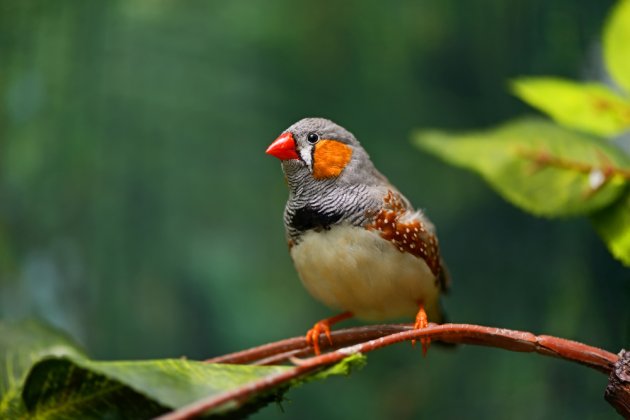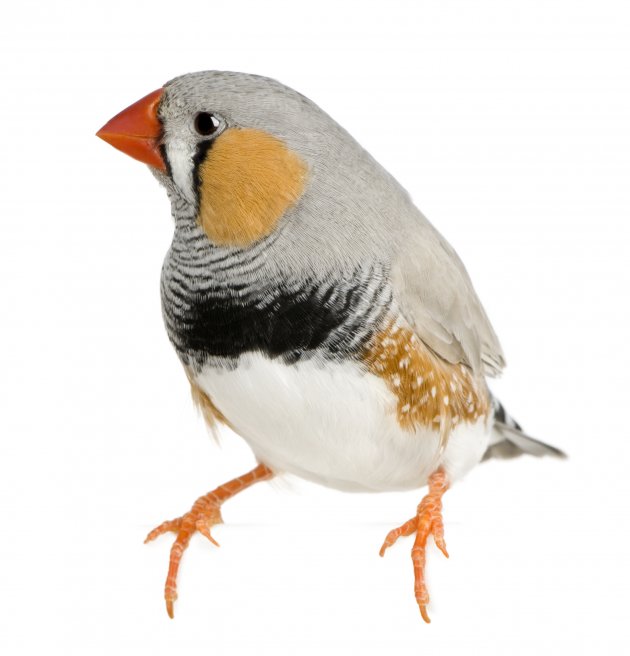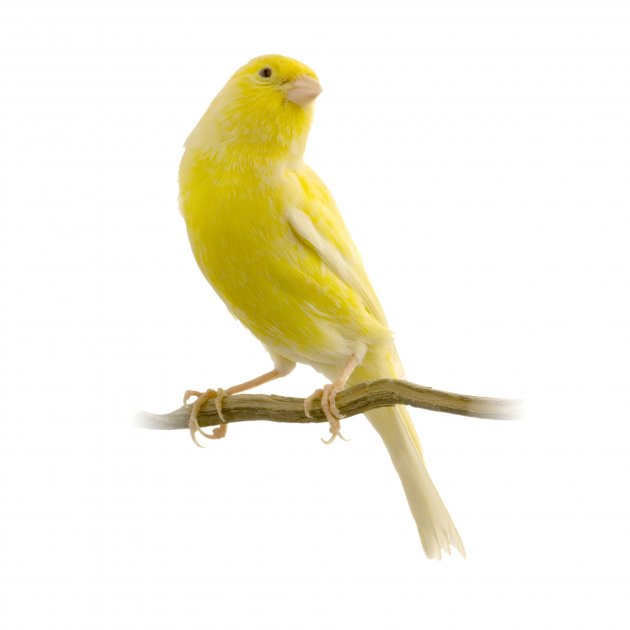Canary and finch birds are wonderful caged bird companions loved by pet owners around the world. The finches are either zebra, society, or Bengalese finches. On the other hand, Canary are actually the original finch raised by the Chinese and Japanese for hundreds of years.
The two species are popular for their size, beauty, and personality. However, they also have differences, and if you're looking to make an addition into your flock, it's essential to find out as much as you can about the two species.
Differences and Similarities between a Canary and Finch
Canaries and finches are closely related and similar in regards to care and needs. They have a few differences that could sway you to choose one species over the other. Both make excellent apartment pets. First, let's see the similarities of these two bird species.

Common characteristics
Similar physical traits
The Canaries belong to the Fringillidae family or true finches. The two species share some physical traits such as the shape of their beaks. They are also petite in size, which makes them easy to handle; meaning they don't need a 7-foot walk-in aviary.
Foods
Additionally, both canaries and finches are low maintenance bird pets and do well on diets based on small seeds, and grains. However, their food choices can also be slightly varied, and you can offer them a variety of fresh fruits and vegetables, high-quality bird pellets, plant matter, and insects.
You can also supply them with a calcium-rich diet in the form of crushed chicken egg shells dried in the oven or boiled eggs.
They also enjoy bathing to look their best, so you can put a shallow saucer at the bottom of the cage to encourage them; besides, they air-dry fine – so no need to worry if they’ll catch a chill.

Types, Colors, and Sizes
Both birds are beautiful and come in many feathery mutations. Besides the most common canary yellow variety are blue, white, fawn, and more than 200 breeds that hardly resemble each other. The wild ancestor of the canary kind was nothing more than a green-colored finch.
Conversely, finches range from dark and light browns to white and creams. The typical zebra finch is gray in color with zebralike stripes around its chest, with the male sporting bright orange circles on his cheeks. One of the most significant differences that you notice in zebra finches is that they’re sexually dimorphic meaning that males and females differ in color when they reach maturity.
On the other hand, the Gouldian finches feature elaborate blocks of various colors that include gray, brown, chestnut, yellow, purple, orange, and turquoise. The patterning of their feathers also varies considerably.
The Canaries can be bred specifically for their color and fed manufactured pigmented food to enhance their color or specific physical characteristics such as a frill, border, or the crest among others.
Besides the color mutations, the canary and finch species vary in shapes and sizes. Finches are small, measuring between 4 and 6 inches with rounded or slightly elongated bodies. They have round heads, forked tail, pointed wings, and triangular shaped bills. The zebra finch is bred mainly for the exhibition, which is often larger and longer than the canary.
Speech and Sound
The Canaries are bred for their song and color. A novice would-be canary keeper will want a canary that sings well. The longest melodic songs with trills and complex music come from a mature male canary, which is more than 6 months old.
The Canaries can be bred for specific songs which they can show off in canary song competitions. Hen canaries don’t sing like their male counterparts who sing to attract the females.
Finches will chirp their hearts outs but can’t match the famous melodious warbling of a canary. A male can make beeps and grants although they’re much quieter. Finding a good singer can be tricky business.
Singing is an indication that a bird is happy and healthy. Experts recommend that the best time to hear a bird singing is early in the morning after breakfast since that’s when their personalities shine through.
Temperament
Finches are social birds that live in flocks or loose groups. If you are looking forward to becoming a finch owner, you should not house it alone. A group of five compatible members or more tend to get along just fine, but if keeping a pair of zebra finches together - they fight a lot. Finches are social and will perch on your finger.
In contrast, canaries are more territorial and solitary and its best to keep the male in solitude for his singing capabilities. Unlike the finches, canaries are not known to obey commands, therefore don’t expect one to perch on your finger. They are shy birds, so handling them should be kept to a minimum to avoid stress.

A Finch or Canary for You?
Canaries and finches are favorite house pets that are readily available in the market and loved for their size, color, and musical abilities. The two species differ from one another but have several similarities and standard care requirements.
If you’re looking for a bird pet that can sing glorious melodies throughout the day, then we’d recommend buying a canary. Alternatively, if you want a quieter bird with simple yet musical chirps and beeps, then we’d recommend you go for the finch species.
A zebra finch would make an excellent choice for beginners as they are more social; though they don't make glorious melodies like the Canaries. However, it's best to make your decision based on health, age, and social interaction than on how well and long they sing.
Bottom Line
Choosing a finch or a canary to add to your family is a personal decision. Never make your pick based on color criterion but on physical health and temperament.
It’s also vital to check the age of the bird so that you can live with him for a long time. Besides, if the bird is alert, singing, chirping, sitting up straight and interacting happily with other birds in the cage, you’ve probably found your ideal choice.
References and further readings:
- Matthew M. Vriends and Tanya M. Heming-Vriends, 2001, The Canary Handbook (Buy book)
- Godfrey Evans, 2015,Finches as Pets (Buy book)
- LiveScience, Canaries Change Their Tune